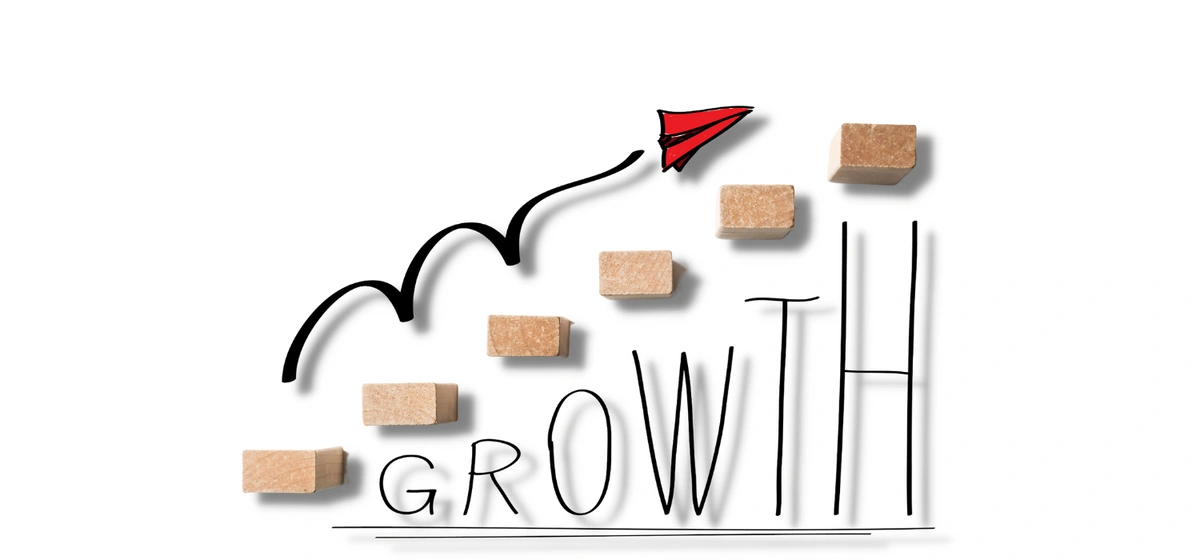The business strategy you have in place for the marketing and sales of your product is a decisive factor in its success. Some companies focus more on the sales strategy, while others focus on improving their product and services, knowing that a better product will automatically bring in more customers and revenue. So, what is the growth strategy of your business?
In this article, we will study the product-led growth strategy, and why businesses need to adopt it for themselves now!
What is Product-Led Growth?

The PLG strategy positions the company’s product as the main driver of the acquisition, satisfaction and retention of the customer, and therefore the expansion of the firm. By focusing on the product, the business can offer a personalized and innovative product experience to the customers, henceforth increasing their loyalty.
The product-led business strategy puts the product in the front and center of all sales efforts, unlike other forms of sales and marketing. For example, in freemium businesses, the product is a sales tool which attracts customers into using it without spending money. When they fall in love with the product, then they are ready to pay for it as well.
Benefits of Product-Led Growth
The PLG model provides better results to the customers as well as the businesses. It emphasizes the development and improvement of the product, which in return guarantees the increased likeability of the product and the brand. The key benefit of a product-led growth strategy is that the firm can produce high-quality products and keep the customers happy and satisfied. Other benefits include-
● Increase in Median Enterprise Value

● Accelerated Growth

● Low CAC

Comparison With Other Models
Traditionally, salespersons or marketing materials are used to convince the customers about the product's value. The customer purchased the product only if they were convinced and thus the selling of a product was largely based upon the convincing skills of the salesperson.
However today the PLG model focuses on acquiring customers solely based on the value of their product. They let the customers understand the value of the product by trying them for free and then deciding for themselves.
The product-led growth model encourages the users to use and explore the product without paying anything or any barriers. As they understand the value of the product, they purchase it for themselves as well as promote it with their family friends and colleagues etc. This way the product sells itself and there is no need for additional marketing strategies are costs for the sale of the product.
Let us now read about the product-led growth model vs the sales-led growth model and marketing-led growth model.
1. Sales Led

Everything that happens in the company from employee training to purchasing the software or the different approaches of marketing is done keeping in mind the superior motive of closing more deals and making more sales.
On the other hand, the product-led model focuses on the alignment of all the facets of the organization and focuses on improving the product rather than increasing the sales, and the sales follow.
2. Marketing led

They appeal and acquire leads and then send them to the sales team who closes the deals. Great marketing efforts help the brand and the product to be seen in the cutthroat competition.
However, the main focus for such companies is on marketing efforts, which are quite costly. Rather than focusing on the quality and actual value of the product, the companies focus on the value of the product that the marketing team is depicting to the customers.
The product-led companies on the contrary prioritize the customers' understanding of the value of their product by using it themselves. In such models, no marketing or sales team has to convince the customers to buy the product.
Instead, the company gives a free trial to the customers where they identify whether the product is valuable for them or not and accordingly make the purchase decision. The customers themselves understand and get knowledge about the product, discover its benefits, and identify its true value without any persuasion needed.
How To Become a Product-led Company?
There is no single approach that a company can adopt to become a product-led company. However, it is a series and amalgamation of multiple approaches which form the comprehensive product-led strategy.
The process of becoming a PLG company depends upon the industry, the product, talent, resources etc. of the firm. Mentioned below are a few basic steps that can help you in your journey to becoming a product-led company.
1.Ensuring Alignment

The goals, resources and time must be concentrated on a single ulterior motive-delivering world-class product experience to the customer.
It is about designing the journey of the customer providing them with a great overall experience with your product and your brand. It involves multiple aspects such as marketing, analysis, customer success and much more.
2. Understand Your End User

Only then you can match the customer value and the business value of your product. Focusing on your customer base will help you improve your product in a way that will make a difference.
3. Analyze, Measure, Improve
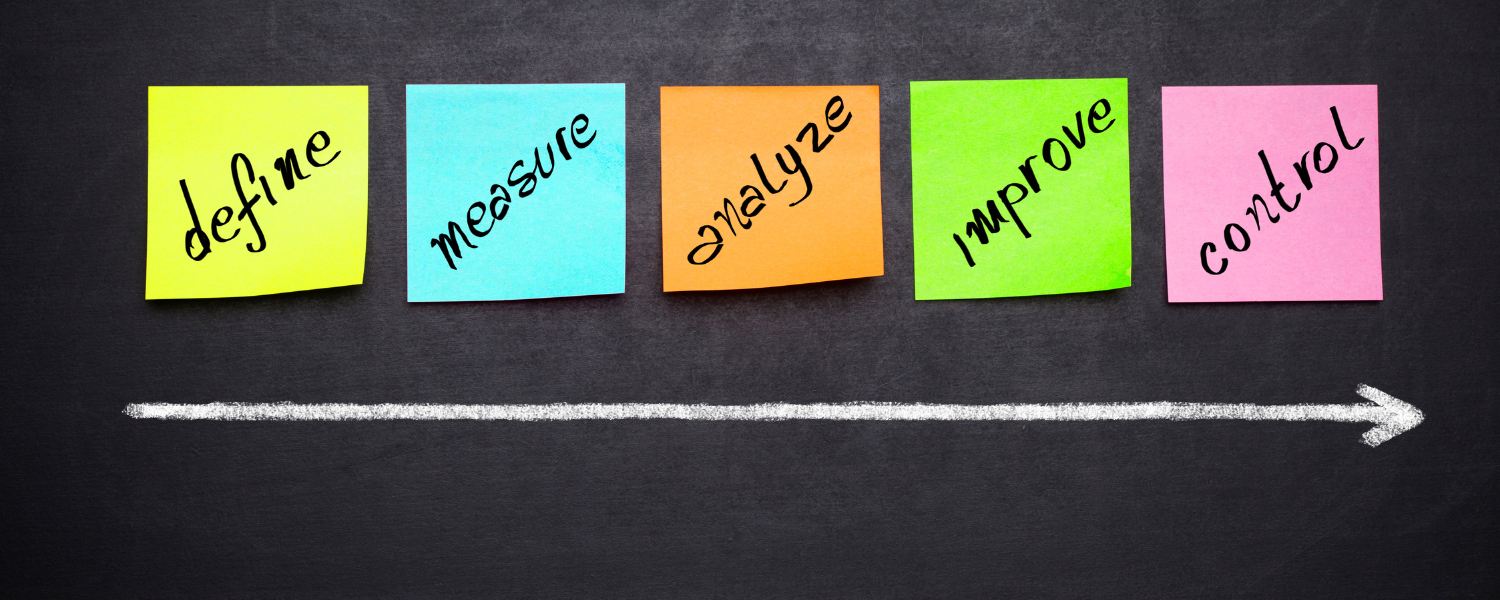
This might include adding items to a cart, replacing products, abandoning a cart etc. in the case of e-commerce stores. Based on these analytics you must then work to improve the journey of the user and personalize the product experience for them to ensure a sure shot of product-led growth.
Metrics of Product-Led Growth
To ensure the success of a PLG strategy, companies need to focus on certain metrics. By accumulating and analyzing these metrics, the companies can understand the behavior of the customer and work to improve their product with each passing day. Some of the key metrics include-
1. Customer Acquisition Cost

The goal of assessing the customer acquisition cost is to bring it as close to 0 as possible. In a PLG model, businesses achieve this goal by enhancing their product design.
2. Time To Value

The time that the customer takes in finding the product useful is known as the time to value. It is calculated by determining the average time taken by a customer to purchase the product or the service. The goal for a product-led company is to decrease the TTV date to the lowest possible level.
3. Customer Retention
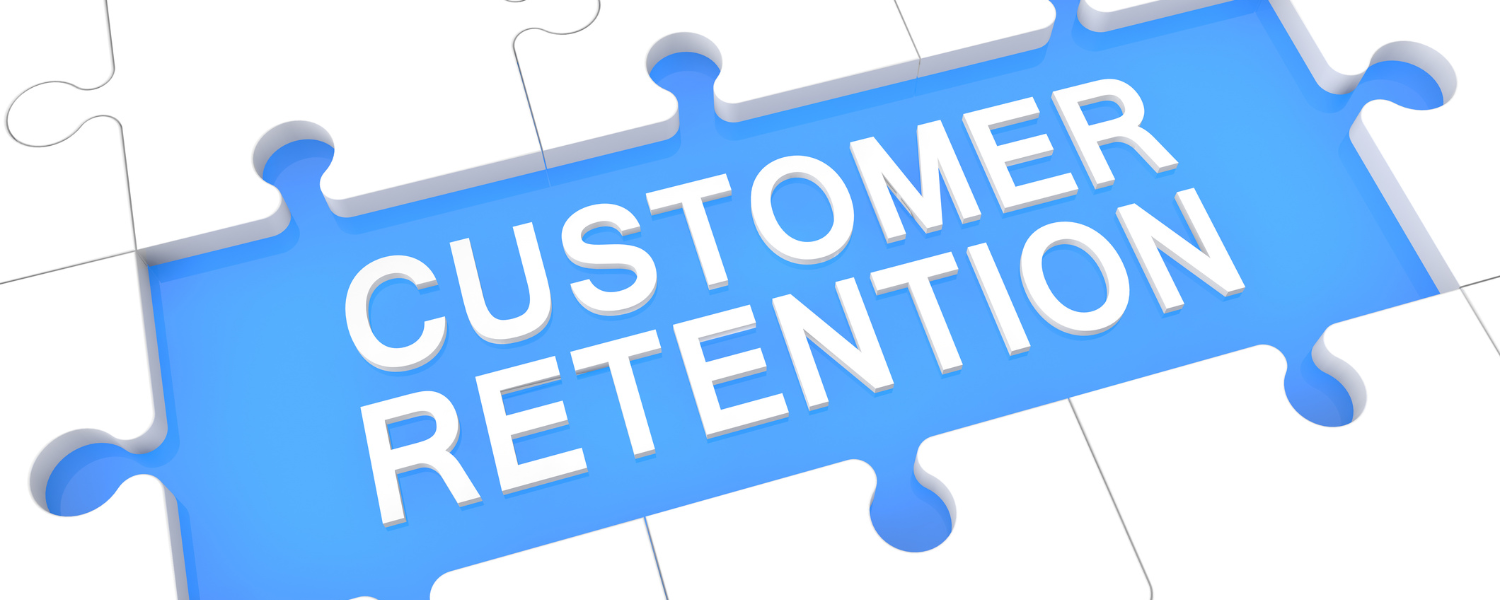
However, to retain a customer, it is important to provide them with a seamless user experience. It is only if your customers love the product, that they will continue using it for a long time. If your product is not good enough, your customers may churn, and you might have to spend more money on acquiring more customers.
Examples of Product-Led Business Growth
Mentioned below are a few companies which have gained success and broad appreciation with their product-led business growth model.
1. Dropbox

2.Pinterest
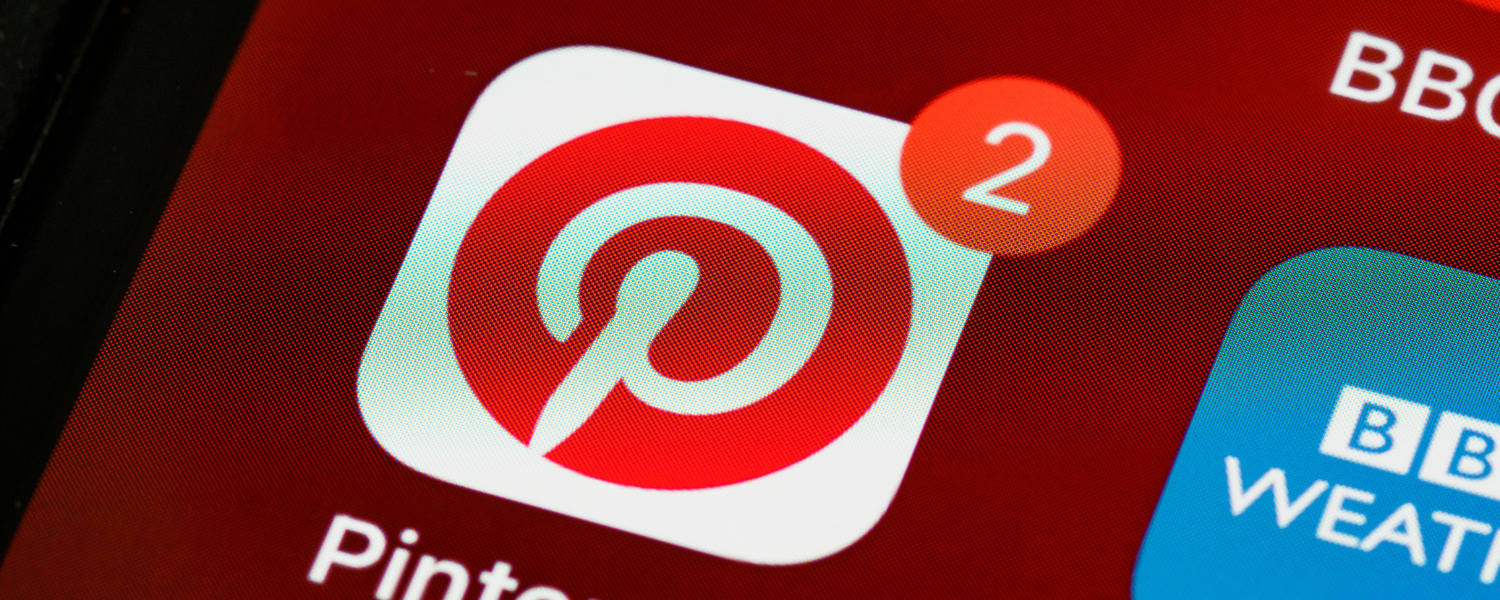
3. Slack
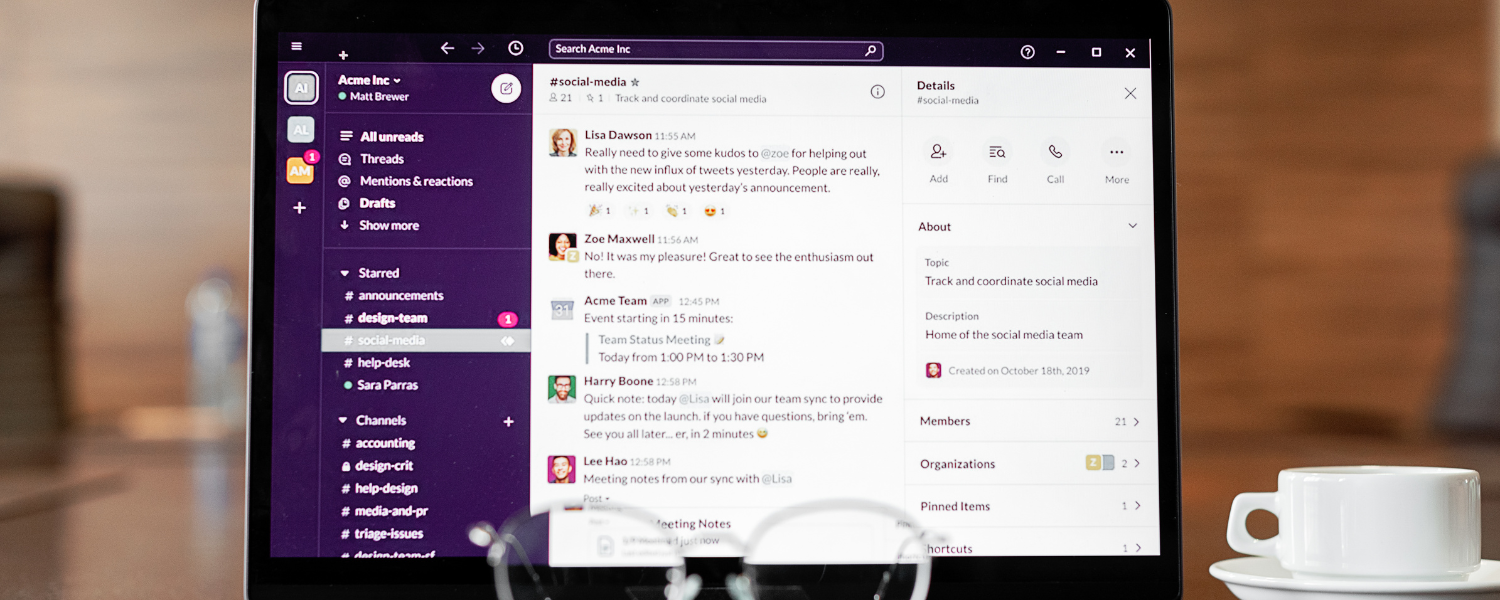
Generally, all the people using slack today use it for their businesses because they had a great experience with it when they started using it. Word of mouth regarding customer experience is significant; as a result, multiple companies and large industries use slack today for everyday conversations.
4. Calendly

Causes of The Rising Importance Of Product-Led Growth Model
The SaaS industry is about to face new challenges in the coming years. Building and maintaining the profits in a SaaS company is challenging, however, a product-led growth strategy can help you sustain and grow your business. Mentioned below are a few reasons how and why.
1. Start-Ups Are Becoming More Expensive

On the other hand, while the customer acquisition cost has increased by more than 50% in the last five years, the willingness of the customers to pay for additional features has dropped by 30%.
This indicates that the expenses are going up and the profitability is going down, and combined with a high churn rate, this might be a disaster for your business. Thus, you should focus on shifting to a product-led growth model from a sales-led model.
2. Buyers Like to Self-Educate Themselves

Therefore, getting to know about the product and picking it out after a free trial can help the user decide quickly about purchasing the product. It is also easier for the users as they can try the product for themselves and then decide whether to make the purchase or not.
3. The Importance of Product Experiences is Rising
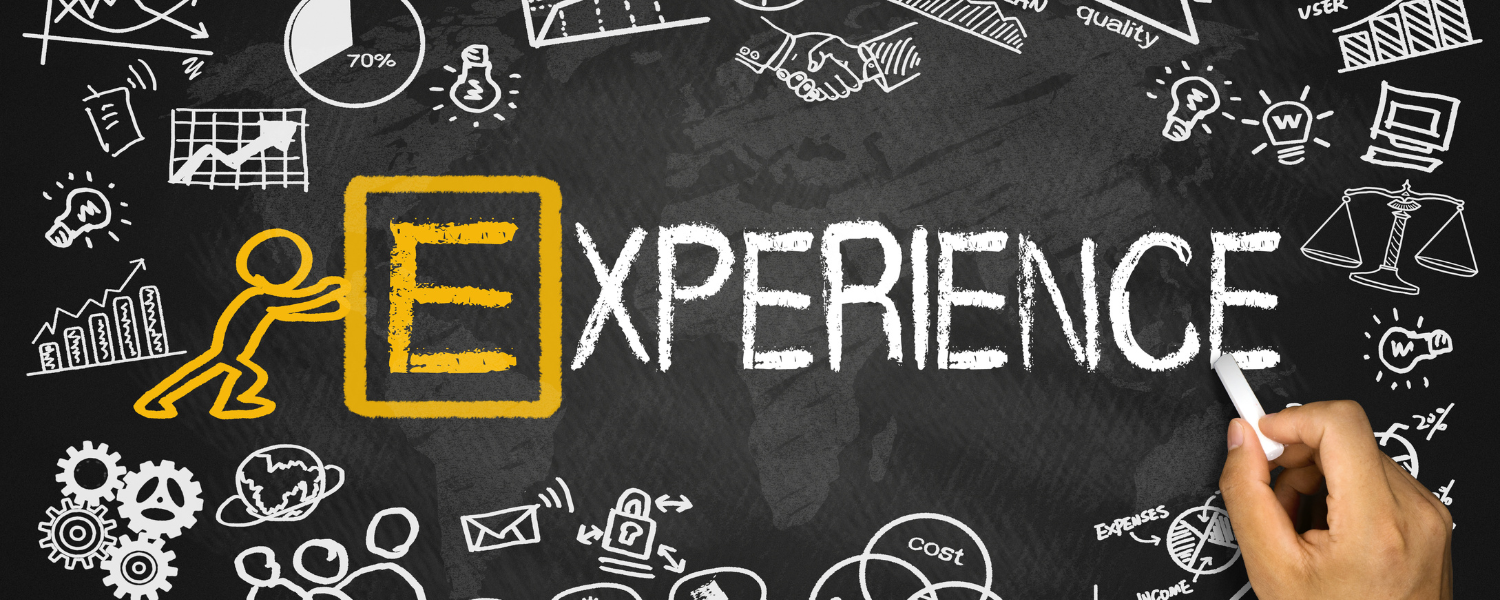
This means that the customer's experience with the product has become more essential than any other thing. Therefore, to get more customers, you must focus on your product, for which the product-led growth model is perfect.
Problems With a Sales-Led Strategy
The sales-led strategy is the most famous for any business, especially SaaS businesses. This is because business owners believe that they must focus on selling their product over enhancing the product experience.
However, there are a few loopholes with the sales-led strategy. Let us read about them below.
1. High CAC 
However, to ensure that the companies continue getting profit from their high-touch sales models, they must ensure that the lifetime value of a customer is high enough to compensate for the cost spent on acquiring each new customer.
To reach that LTV, the sales-led businesses charge their customers a heavy premium. It is to be noticed that the price of the premium is not high because of the value of the product or the solution but because the customer acquisition model of the company is more expensive.
This way, the company with the sales-led model is less preferred by the customers than those with the product-led growth models.
2. A Leaky Customer Acquisition Model
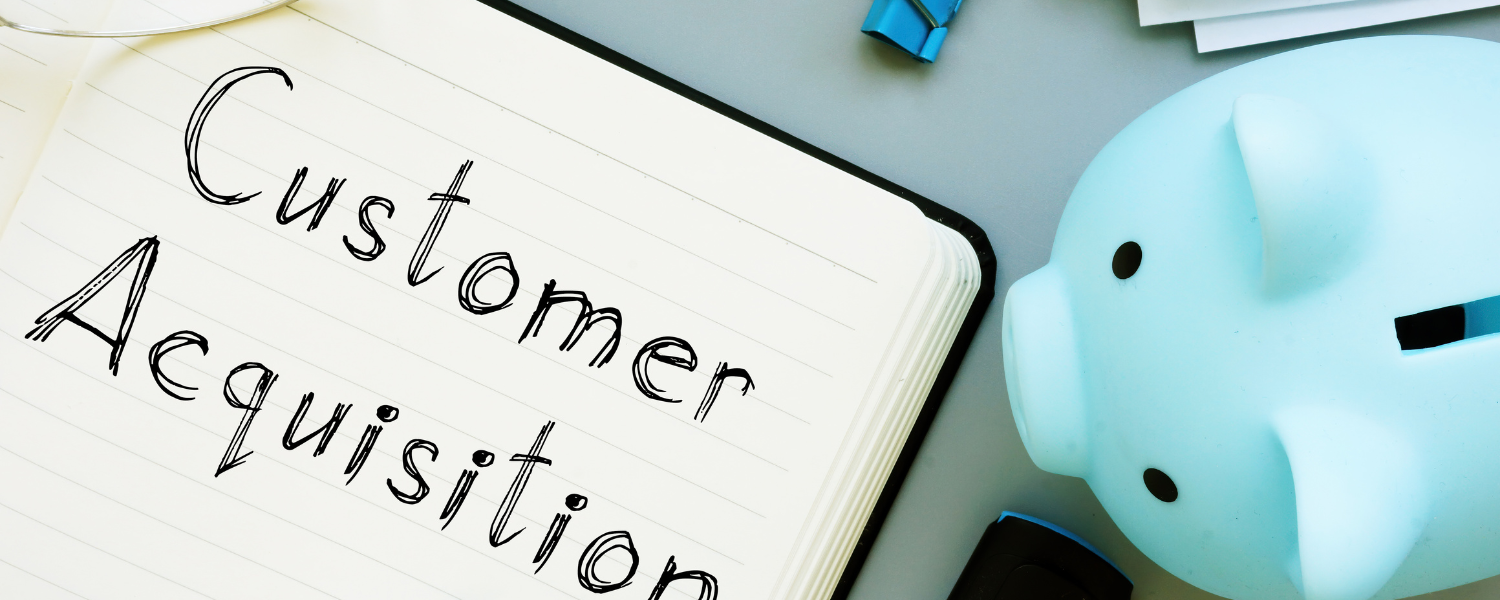
This is because the MQL model has a few flaws. First, it encourages marketers to alter the content to achieve their MQL goals. They believe that the consumption of content is the leading indicator of intent.
As a result, the total process rewards create friction in the buying process. This leads to a disconnect between marketing and sales.
3. Hurdles in Product Development In This Organizational Structure
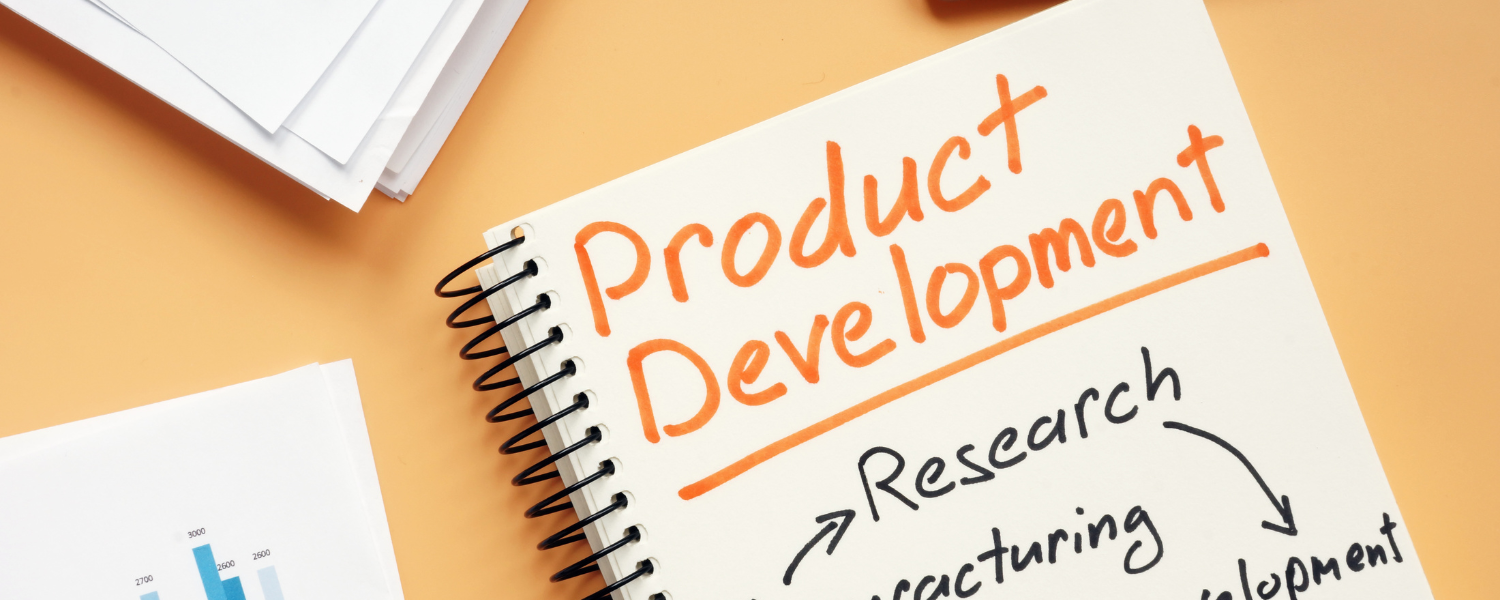
Is a PLG Strategy Good For Your Business?

1. The chances of product-led growth strategy succeeding or higher when the marginal costs for every user or low, the users have direct influence over purchase decisions, or the existing solutions fail to meet their needs. In such pre-existing market conditions, your PLG strategy can bloom.
2.The product you are offering to your customers should be a uniquely valuable solution that can be customized based on the needs of the individuals. It should benefit them in one way or the other and helps them do their everyday tasks more efficiently.
3.If you provide a freemium model to the customers with very few or no features that are helpful to them, they might not comprehend the actual value of your product. Thus, you should ensure that your free models are also equipped with the essential features to make your product lucrative.
4. Your product should have the features and functionalities that eliminate the need for the marketing, sales, and onboarding teams separately.
5. The product should be easy to understand, adopt and evaluate for a user to fall in love with it.
6. The marketing funnels of your business lead to product engagement and not engagement with the sales team.
7. Networks and large companies can use your platform or product.
8. There are product champions within your customers' companies that promote your product's adoption.
Final Words
The product-led growth strategy benefits you if you wish to enhance your brand and your sales and revenue.
This is because it focuses not only on the monetary aspect of the business but also on its overall growth and profitability. As a result, your product and brand find their place in the stifling competition, and you get loyal customers for your business.
Therefore, you must focus more on improving your product rather than spending a lot of money on marketing and sales to ensure your business's and your brand's comprehensive growth.

